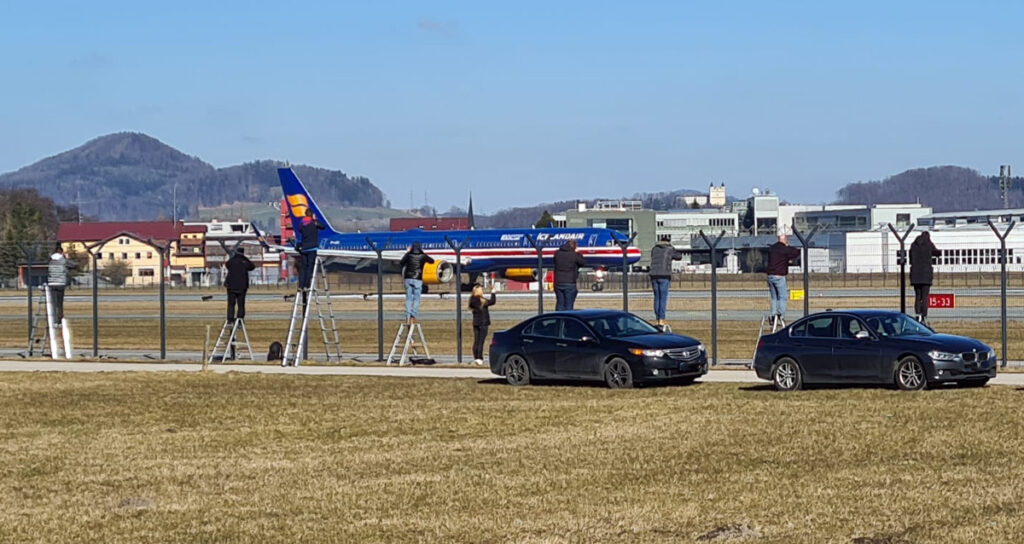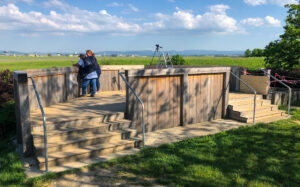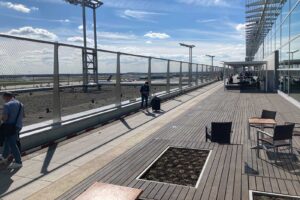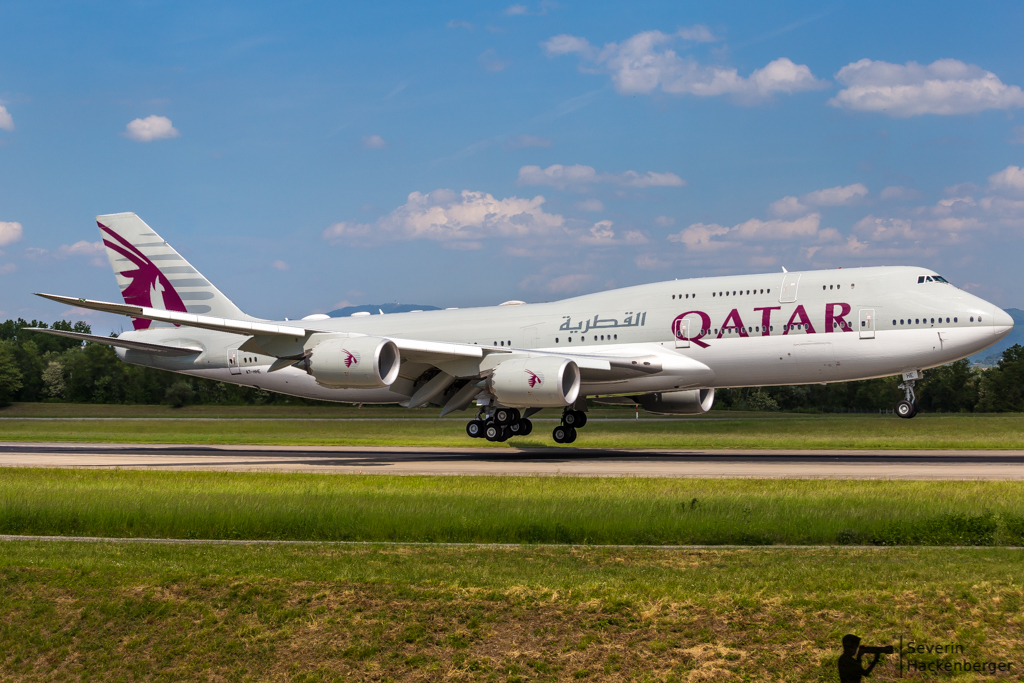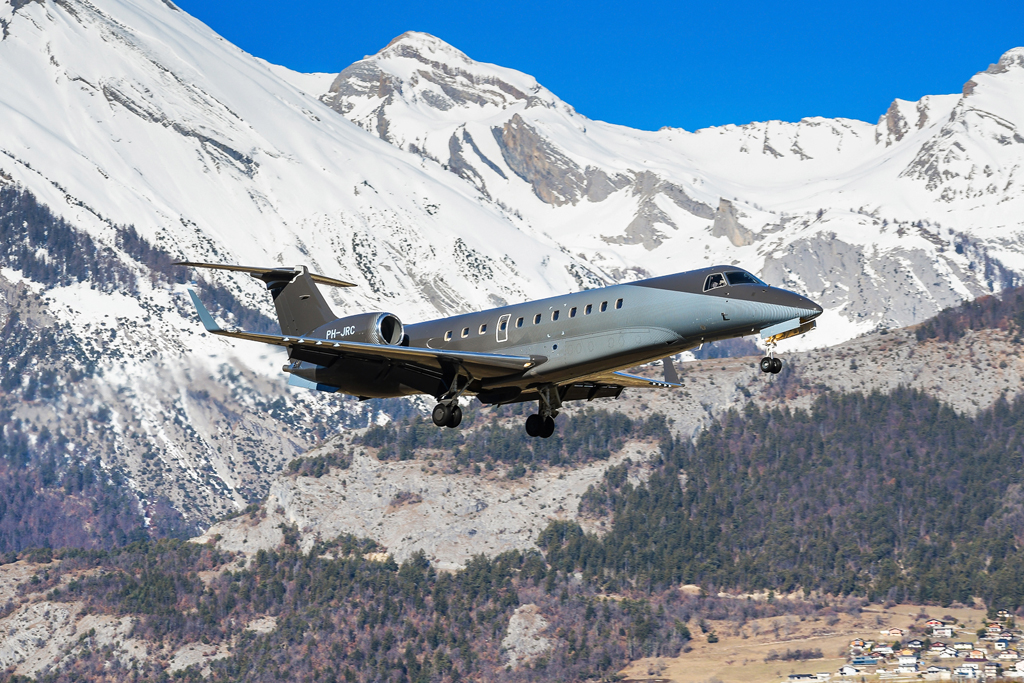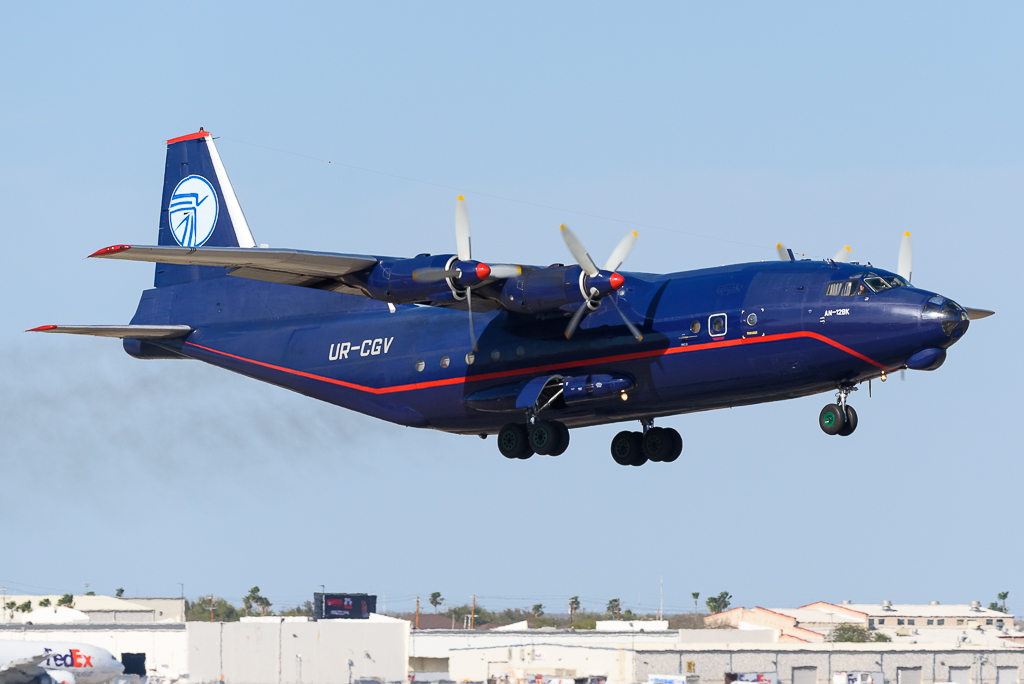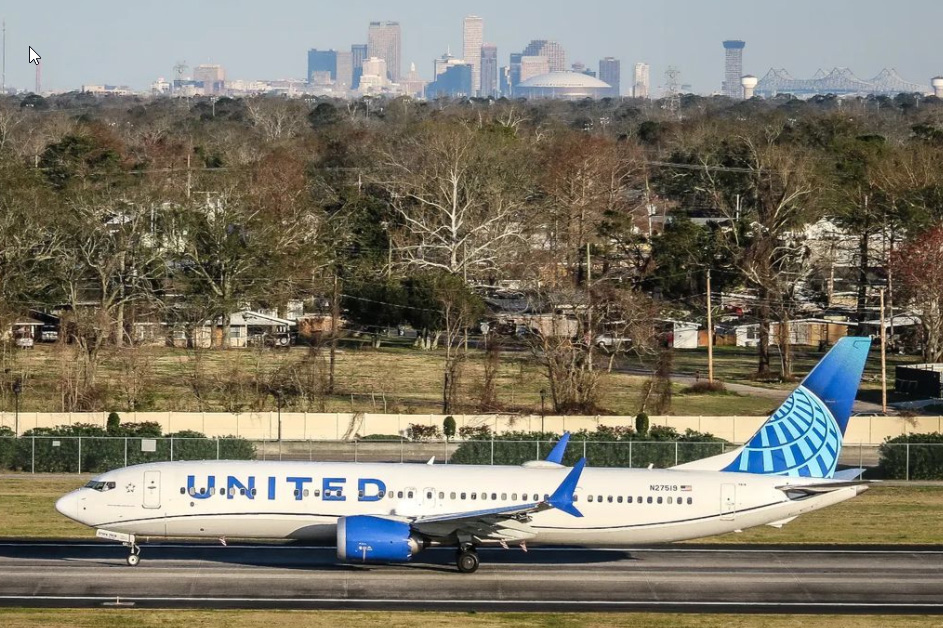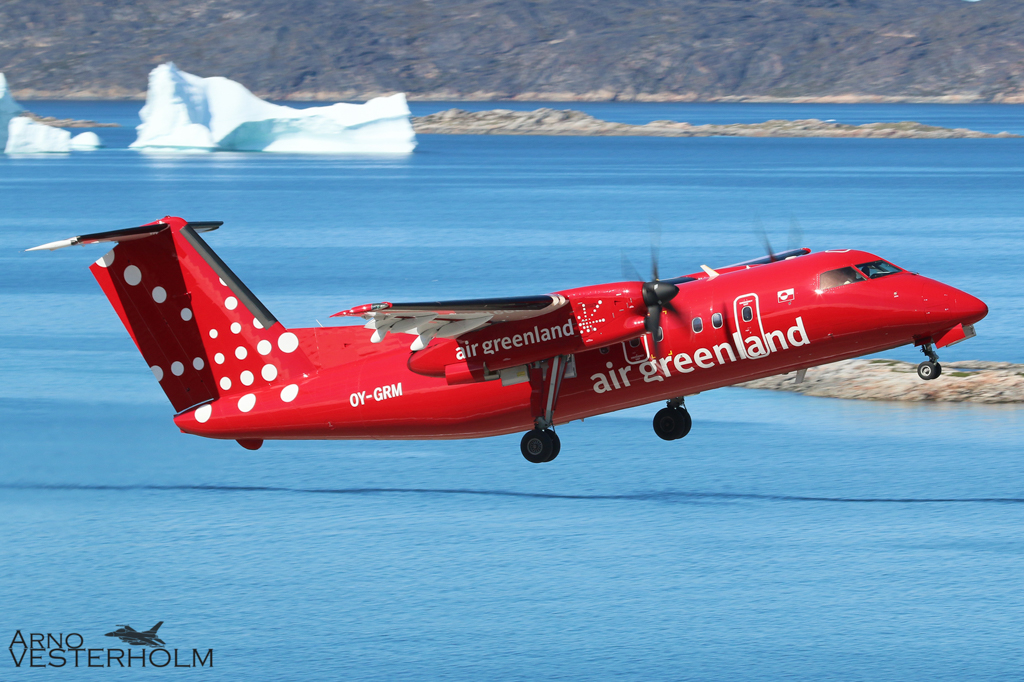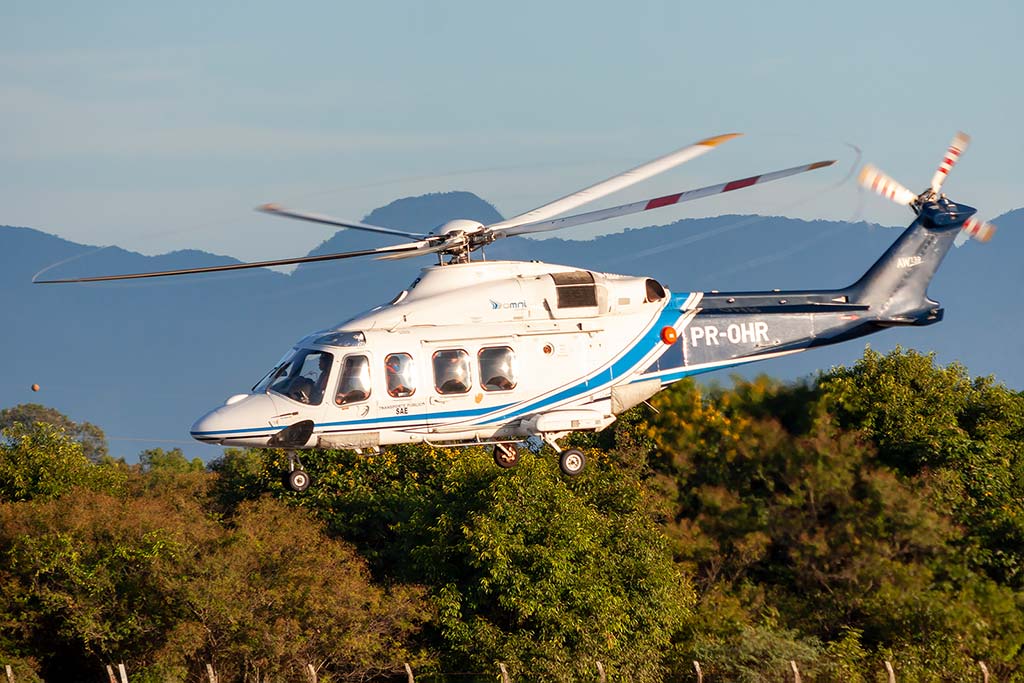Plane Spotting Beginners Guide
Aviation is a big, multi-faceted concept. There are people like proffesional pilots, flight attendants, technicians and many more who earn their daily bread directly or indirectly in aviation. Then there are aviation enthusiasts like hobby pilots, model makers, collectors and last but not least, people spotting planes. But what exactly is plane spotting?
What exactly is "plane spotting"?
Everyone already raised his head up and watched to the sky, seeing an aircraft passing by. Maybe you even like to stay at airports, looking at the planes flying in and out? You film them, take a photo or note down the aircraft you have seen? Then you are somehow already a plane spotter because you are spotting (watching) planes.
The word "plane spotter" dates back to the WWII when several governments encouraged their citizens to spot for enemy planes and note their observations back to the authorities. Luckily these these days this is no longer necessary.
There are several options how you can take note of an aircraft. The easiest way is to use your eyes and note down, digital or analog, the registration (like a cars number plate), airline and type of the aircraft you have seen. Of course binoculars are helpful but not mandatory. This is called "aircraft/plane logging" and some helpful tools like various books can be used to admin your collection, or online websites like spottinglog.com or planelogger.com
Another option is to use a camera and ban your catch on the chip, or the old fashioned way, on a film roll. This way, taking photos or making a movie, is what most plane spotters do these days.
How to get started
To start this hobby in a more proffessional way you need some equipment. Of course a camera is mandatory, in the best case not only the mobile phones camera, but a DSLR or mirrorless camera. There are dozens of manufactuers of cameras like Canon, Nikon, Sony, Olympus, just to mention a few, but in this article we don't focus on a special manufacturer.
The camera should provide a wide focus range, because most of the time you don't get very close to the action and a high focal length is needed. Or a binocular if you just wanna note down the aircraft. If you have got your equipment together but never used a camera before, you should definitely get some practice at home before you start a trip to an airport.
Beside the camera there are some more useful things you should take care of when you plan a longer plane spotting session. Check the environment before you start as some locations are in the middle of nowhere and a long walk or drive is needed to reach them! Be prepared with food and beverage, good clothes and shoes, sun blocker and bug spray. Sometimes a ladder is mandatory if you are staying close to the airport fence. Usually 4-5 steps are enough for most airports and a small camping chair will make a longer stay more enjoyable.
To know in advance which flight will arrive or leave soon, plane spotters used airband scanners and listened to the air traffic controller, before the mobile phone area. These days airband scanners are not really necessary anymore. Not only because of the invention of the mobile phone, but the use of scanners is illegal in most countries. Secondly there are very good tracking apps available for the mobile devices which shows you every flight with exact hight and speed, registration, flight plan infos and even photos of the aircraft. The most popular tools are flightradar24, planefinder, radarbox24 or adsbxchange. In this article we have a closer look on these tools.
Most visted guides
- London Heathrow LHR/EGLL Link
- The Mach Loop LFA7 Link
- Amsterdam Schiphol AMS/EHAM Link
- Frankfurt Rhein/Main FRA/EDDF Link
- Los Angeles LAX/KLAX Link
- Paris Charles de Gaulle CDG/LFPG Link
- Zurich-Kloten ZRH/LSZH Link
- Toronto Pearson YYZ/CYYZ Link
- Dusseldorf DUS/EDDL Link
- London Gatwick LGW/EGKK Link
- New-York John F. Kennedy JFK/KFJK Link
- Brussels Zaventem BRU/EBBR Link
- Munich MUC/EDDM Link
- Madrid Barajas MAD/LEMD Link
- Ramstein AFB RMS/ETAR Link
- Berlin Brandenburg BER/EDDB Link
- London Stansted STN/EGSS Link
- RAF Fairford FFD/EGVA Link
- Manchester MAN/EGCC Link
- Miami MIA/KMIA Link
Be at an airport
At the beginning you should look out for an airport next to your home and usually there is always a bigger airport within a 2-3 hour drive, at least in the heavily populated countries. There are several options where you can go once at the airport. Some airports offer official viewing decks at their terminals. Of course it would be the easiest way to visit those, but there are some good reasons to do not so. Usually the sight from these decks is limited and you can see only a small part of the movements. Furthermore these decks are sometimes behind security checks and glass, making photography not easy. The better choice is to find a place outside, next to the runway, to get as close to the arrivals or departures as possible. Some bigger airports, especially in Europe, like Zurich, Amsterdam, Brussels or Frankfurt offering fantastic viewing platforms outside of the airport boundaries, next to the runways. But most times this is not the case but usually there is always a nice place where you can easily catch the traffic. This is when spotterguide.net comes into play, because we show you the best places outside of the airport.
In addition to the spotting locations, there are a few other things you should consider during your stay.
- Which is the active runway?
- Which airlines are flying to this airport?
- Where is the sun, to avoid backlit photos?
- Is there a fence? Maybe I need a ladder!
- Where can I park my car?
- Can I reach the spot by public transport?
.... and many many more
Spotterguide.net is the #1 source to answer the most questions and guide you around an airport.
You can get more additional infos, especially on the social media channels like local Facebook Groups or Instagram. But you can contact local planespotters to guide you too.
There are even escorted aviation tours which you can book for your next trip. Below is a list with selected tour operators with a changing program.
Spotters favorites
There are many different aircraft that you can hunt for and sooner or later you will have some kind of favorite. There are plane spotters which are out for military planes only or helicopters. Some are hunting for special liveries, cargo jets or classic and rare birds. Business jets or small props are in the focus of plane spotters too.
A very important factor is the weather. There are many plane spotters who only go out when the sun is shining and the light conditions are perfect. To improve the quality, try to avoid rainy and strong cloudy days. But even on sunny days, heat haze from the concrete can pop up and cause blurry images. Especially if the distance to the plane is too long, this will occur. As a general rule, the sun has to be behind your back when you want to take a picture or movie. Otherwise the plane will be very very dark.
Another thing is the angle. Many spotters prefer side on shots to see as much as possible from the livery of the aircraft. Try to avoid to stand below the plane in the flight path. This will cause called "belly shots", where you won`t see much from the aircraft.
As you can see, there is a huge variety and different spotting styles
General rules
- Never forget to carry an ID-Card or Passport with you, so you can prove who you are. Especially for airports in dangerous/critical countries where spotting isn’t really welcomed. Otherwise your spotting stay might be shorter than planned or you’ll have problems with the local police – that’s what we want to prevent. That’s why we often watch out for experiences before visiting a new airport.
- If you will be asked to leave by the police or airport security, do so! Never ever start a dissucsion and follow their instructions. Even if you are right. Many officers are not really aware of the law in this case and unsure. So be polite, tell them what you are doing there and usually they will let you do your hobby.
- Avoid going in groups to high risk country unless those are locals, otherwise you will draw attention. Usually there’s a security note in every guide.
- Furthermore it’s useful to carry an aviation related book or magazine with aircraft photos with you in the case someone around asks you “what are you doing here” so you can show them what is all about. Keep in mind that most people just don’t know what our passion is.
- Never cut holes into fences or destroy any airport property! The victims are the locals spotters who use the spots regularly. They have a problem with the security, not you.
- Always keep your environment clean and take the trash with you! Be respectful and don´t destroy mother nature.
- Usage of airband-scanners is not allowed to use in most countries. So its up to you if you accept the risk to pay a fine if you get checked by security. Otherwise at some airports its highly recommend to use a scanner if a runway change happens. Usually we mention this in our guide if one is necessary. If you don´t have an airband scanner you can have a look at liveatc.net. They offer air traffic live streams from many airports all around the globe but mainly from the USA.



